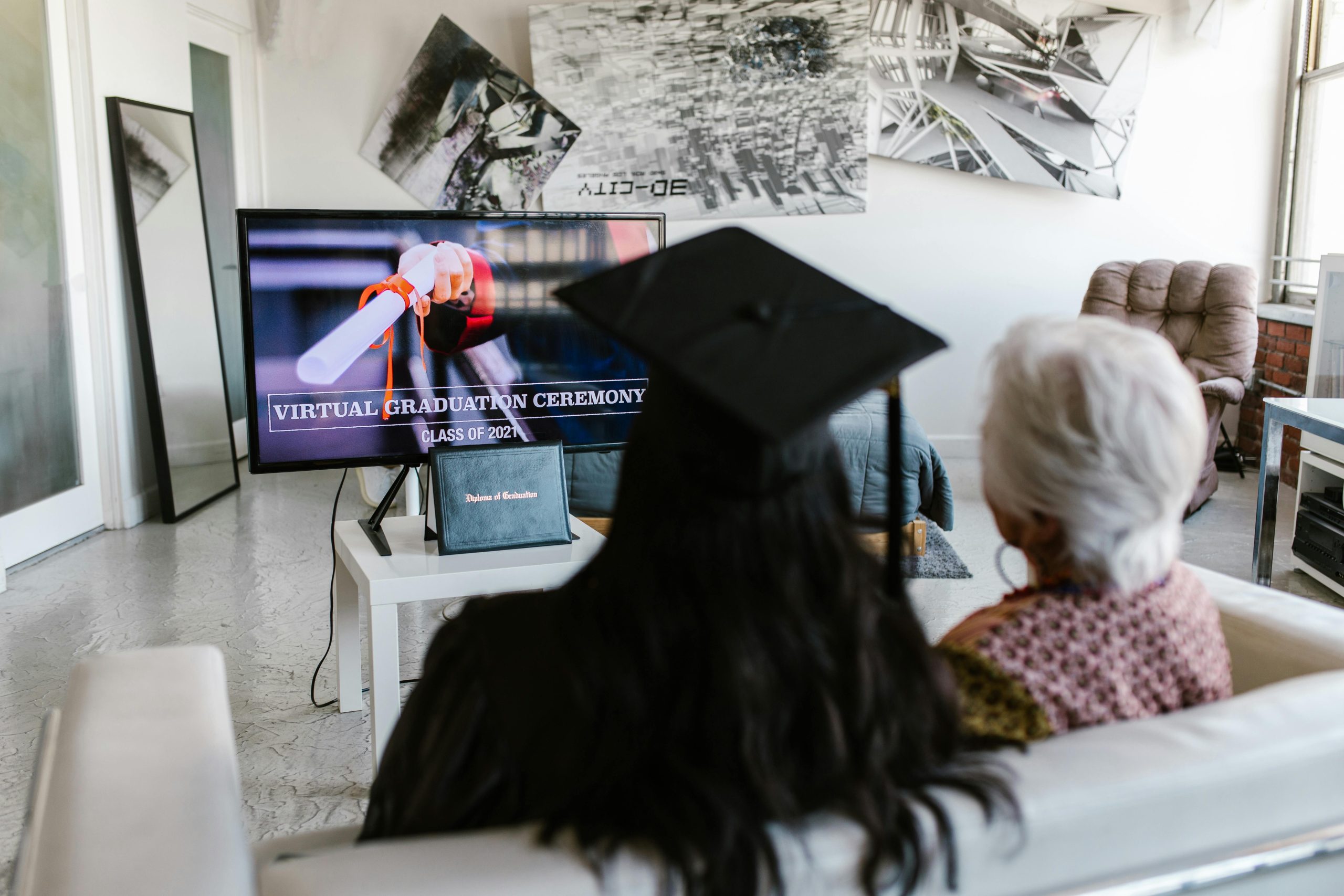Education has always been a dynamic field, evolving with technological advancements to create more engaging and effective learning experiences. In 2024, virtual reality (VR) is at the forefront of this transformation, offering immersive, interactive, and personalized ways to learn. From virtual field trips to hands-on simulations, VR is breaking down traditional classroom barriers and opening up a world of possibilities for students and educators alike.
1. Immersive Learning Experiences
One of the most significant ways VR is revolutionizing education is by providing immersive learning experiences. Unlike traditional textbooks or videos, VR transports students into three-dimensional environments where they can explore, interact, and engage with the subject matter firsthand.
Virtual Field Trips
With VR, students can visit historical landmarks, explore distant planets, or dive into the depths of the ocean—all without leaving the classroom. Platforms like Google Expeditions and Oculus Education offer curated virtual field trips that make learning more vivid and memorable.
Interactive Simulations
VR also enables students to participate in realistic simulations. For example, medical students can practice surgeries in a risk-free virtual environment, while engineering students can build and test prototypes in a digital space. These hands-on experiences enhance comprehension and retention.
2. Personalized and Adaptive Learning
Every student learns at their own pace, and VR technology is making it easier to cater to individual needs. Adaptive learning systems in VR can adjust content difficulty based on a student’s progress, ensuring they remain challenged but not overwhelmed.
Customizable Learning Paths
Educators can create tailored VR lessons that align with each student’s learning style. Visual learners might explore 3D models, while kinesthetic learners can interact with virtual objects. This flexibility helps students grasp complex concepts more effectively.
Real-Time Feedback
VR platforms often include built-in analytics that provide real-time feedback to both students and teachers. This data helps identify areas where a student might be struggling, allowing for timely interventions and personalized support.
3. Enhancing Collaboration and Social Learning
Contrary to the misconception that VR isolates learners, it actually fosters collaboration. Virtual classrooms and multiplayer VR experiences enable students to work together, regardless of their physical location.
Virtual Classrooms
Platforms like Engage and AltspaceVR allow students and teachers to meet in virtual spaces, attend lectures, and participate in group activities. These environments replicate the social aspects of traditional classrooms while offering unique interactive tools.
Global Learning Communities
VR breaks down geographical barriers, connecting students with peers and experts worldwide. Collaborative projects, cultural exchanges, and international workshops become accessible, broadening students’ perspectives and fostering global awareness.
4. Making Education Accessible
VR is playing a crucial role in making education more inclusive. Students with disabilities or those in remote areas can benefit from VR’s ability to deliver high-quality learning experiences regardless of physical limitations or location.
Assistive Learning Tools
For students with mobility challenges, VR can simulate physical activities they might not otherwise experience. Similarly, visually impaired learners can use audio-enhanced VR environments to navigate and learn in ways traditional methods may not support.
Bridging the Gap for Remote Learners
In rural or underserved areas, access to quality education can be limited. VR provides an affordable and scalable solution, bringing expert instruction and resources to students who might otherwise miss out.
5. Preparing Students for the Future
As VR becomes more integrated into industries like healthcare, engineering, and entertainment, familiarity with this technology gives students a competitive edge. Schools that incorporate VR into their curricula are preparing students for the jobs of tomorrow.
Career-Focused Training
Vocational and technical education programs are using VR to simulate real-world job scenarios. From automotive repair to culinary arts, students gain practical skills in a controlled, repeatable environment.
Developing Digital Literacy
Early exposure to VR helps students develop critical digital literacy skills. Understanding how to navigate and create in virtual spaces is becoming as essential as traditional computer skills.
Virtual reality is no longer a futuristic concept—it’s a transformative tool reshaping education in 2024. By offering immersive experiences, personalized learning, enhanced collaboration, and greater accessibility, VR is unlocking new potentials for students and educators. As the technology continues to evolve, its impact on education will only grow, paving the way for a more engaging, inclusive, and effective learning landscape.
